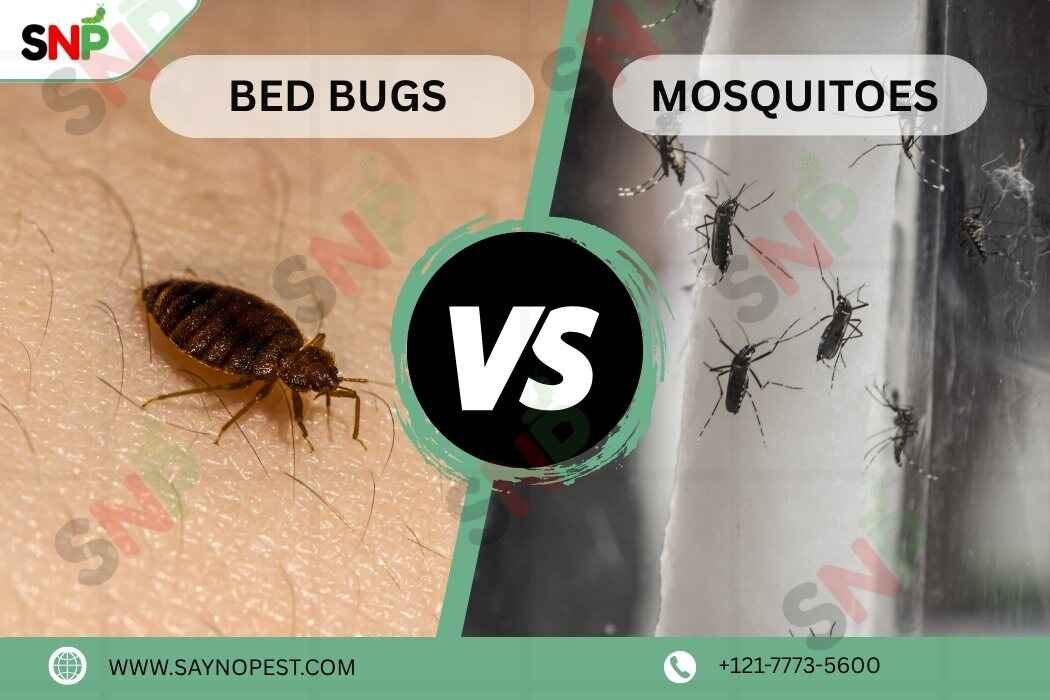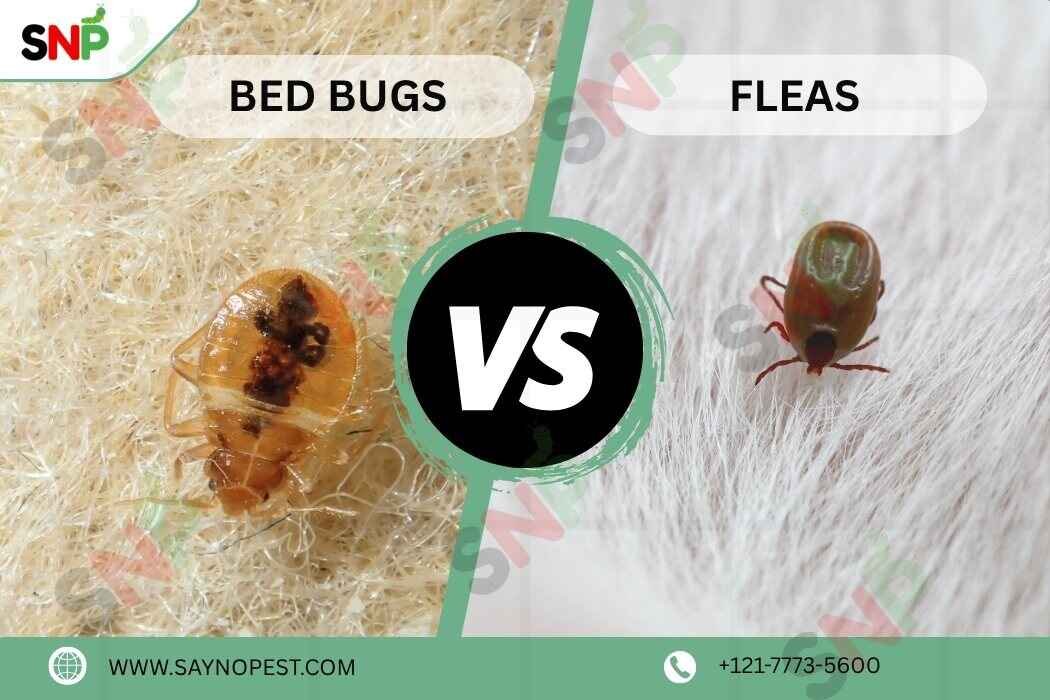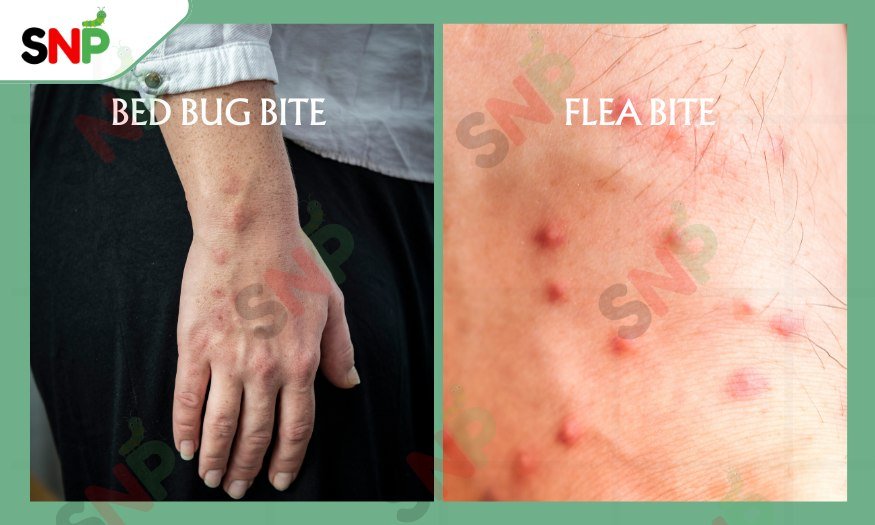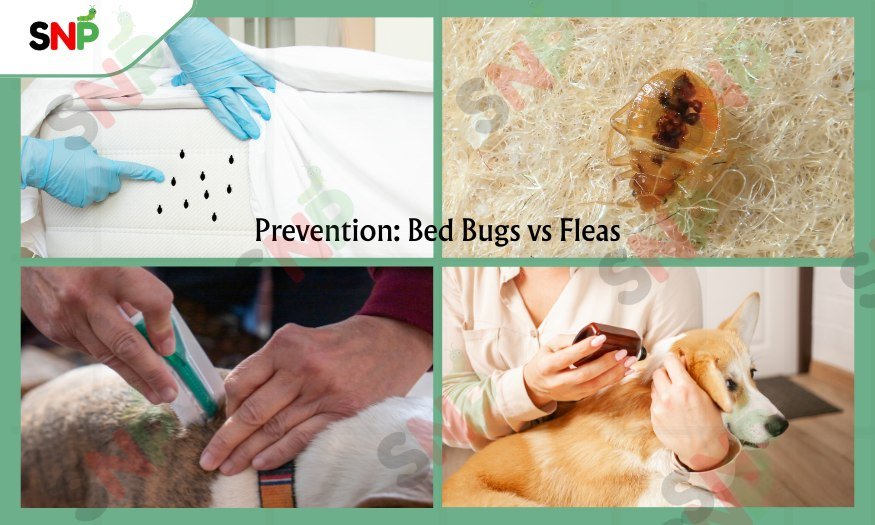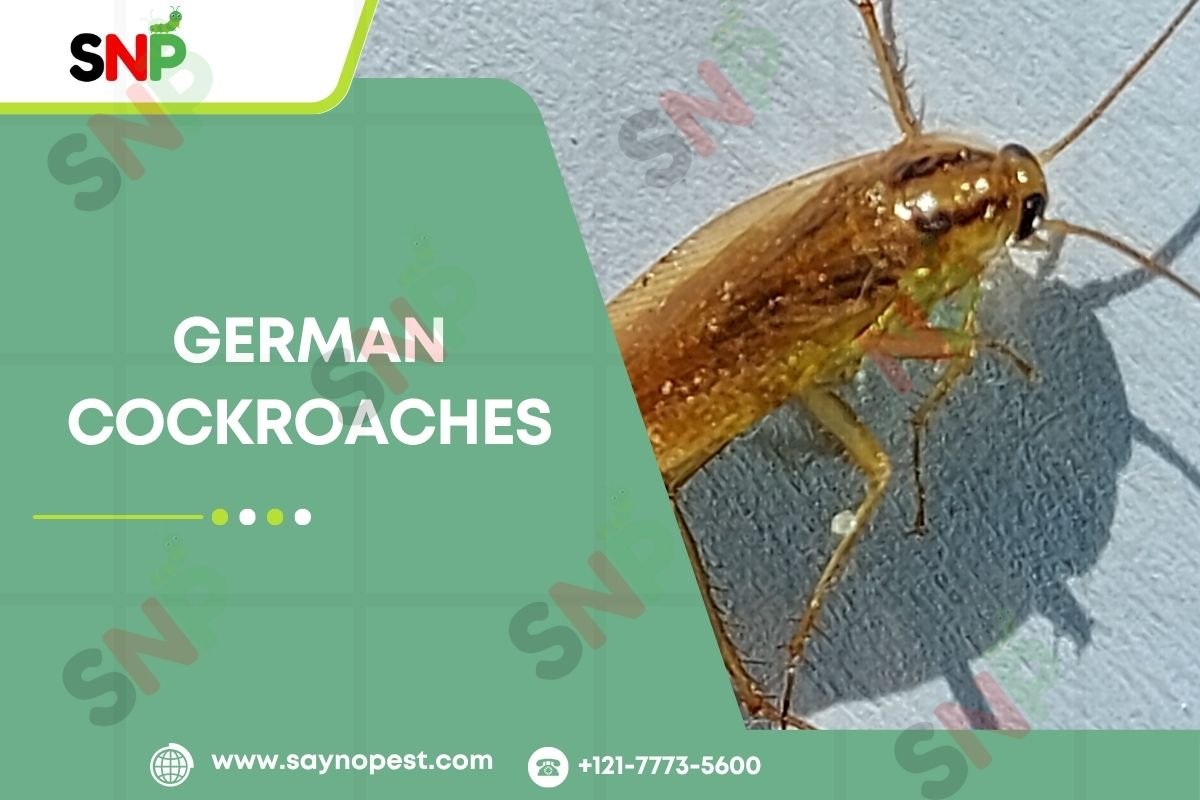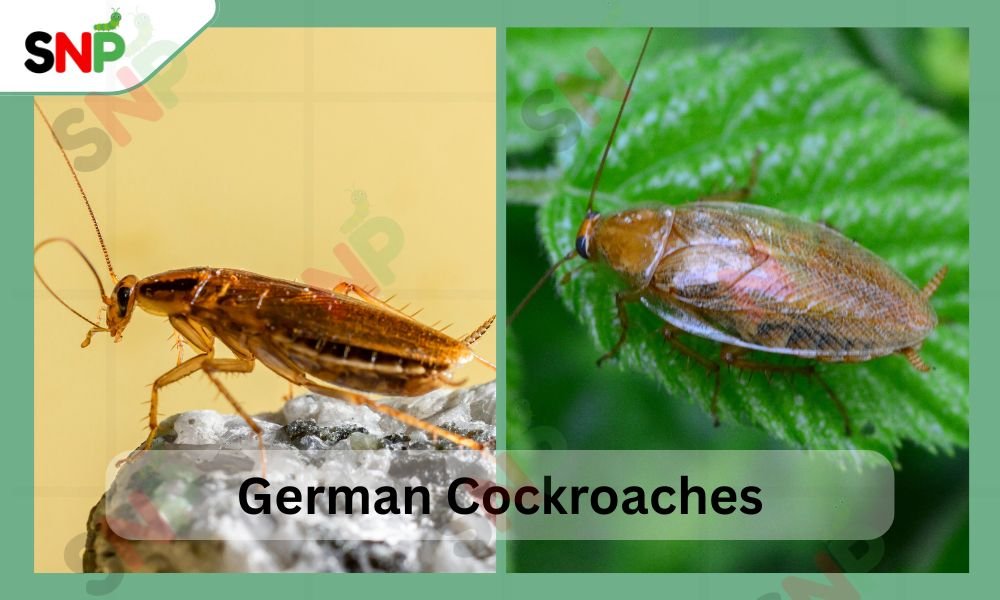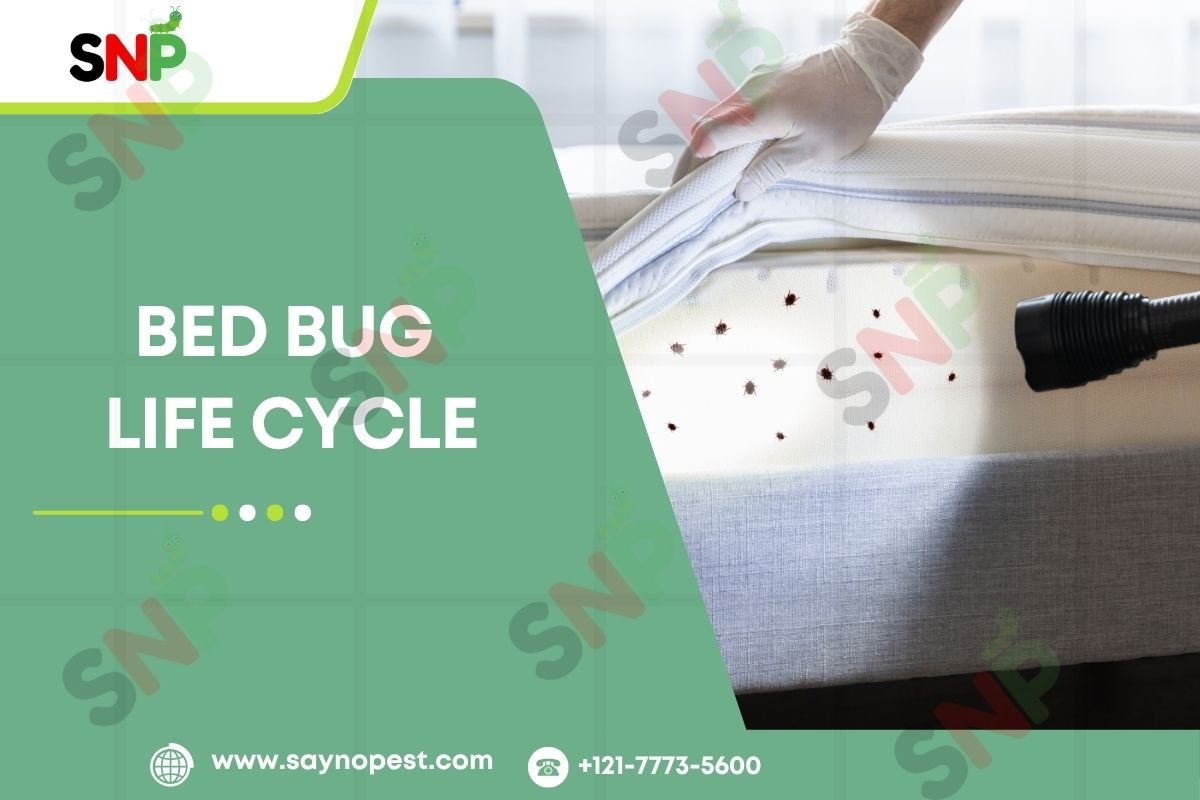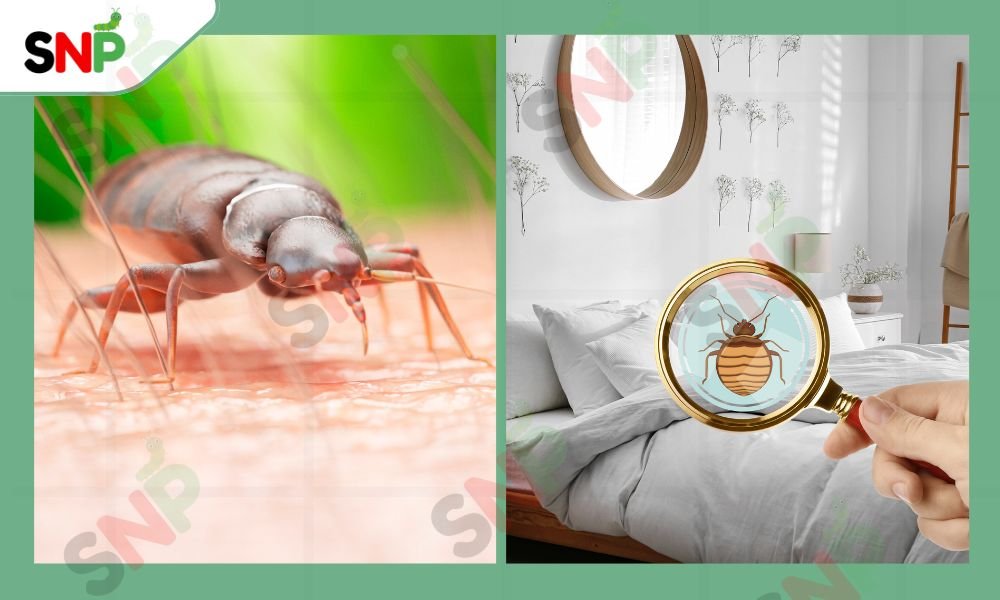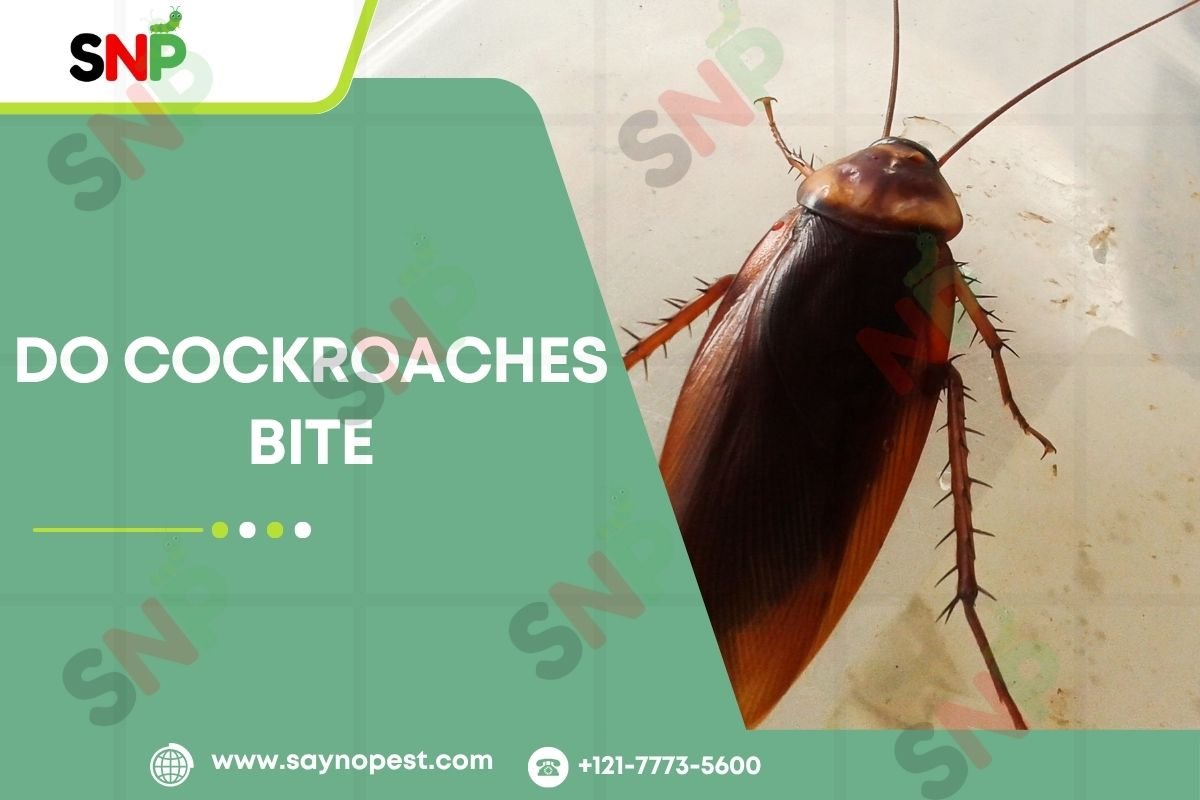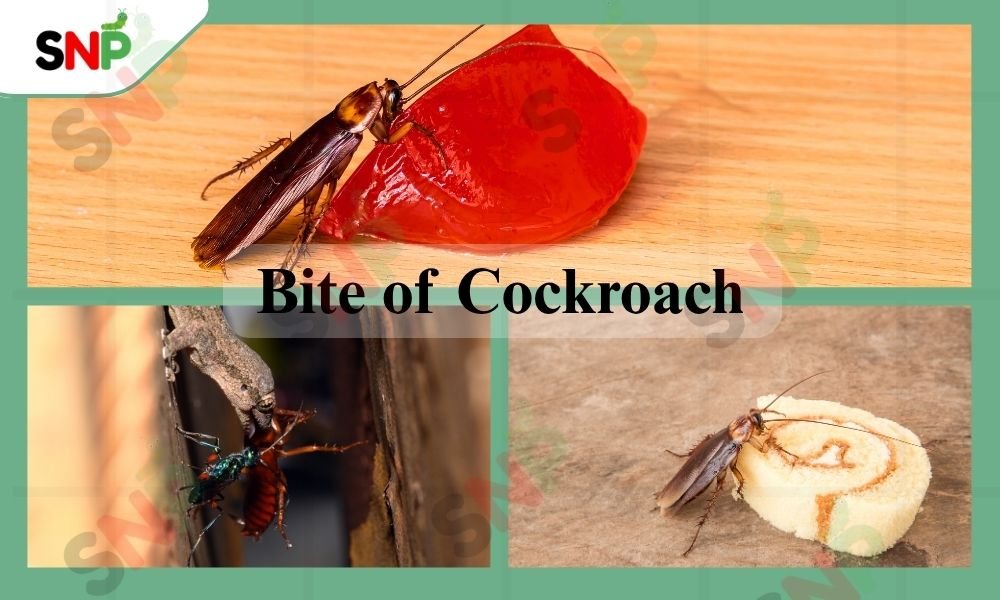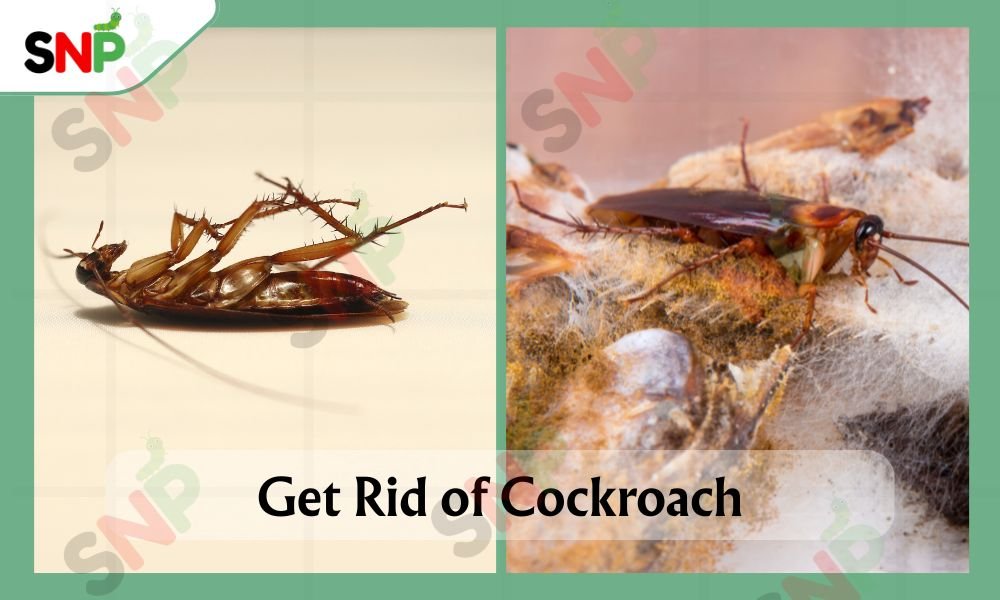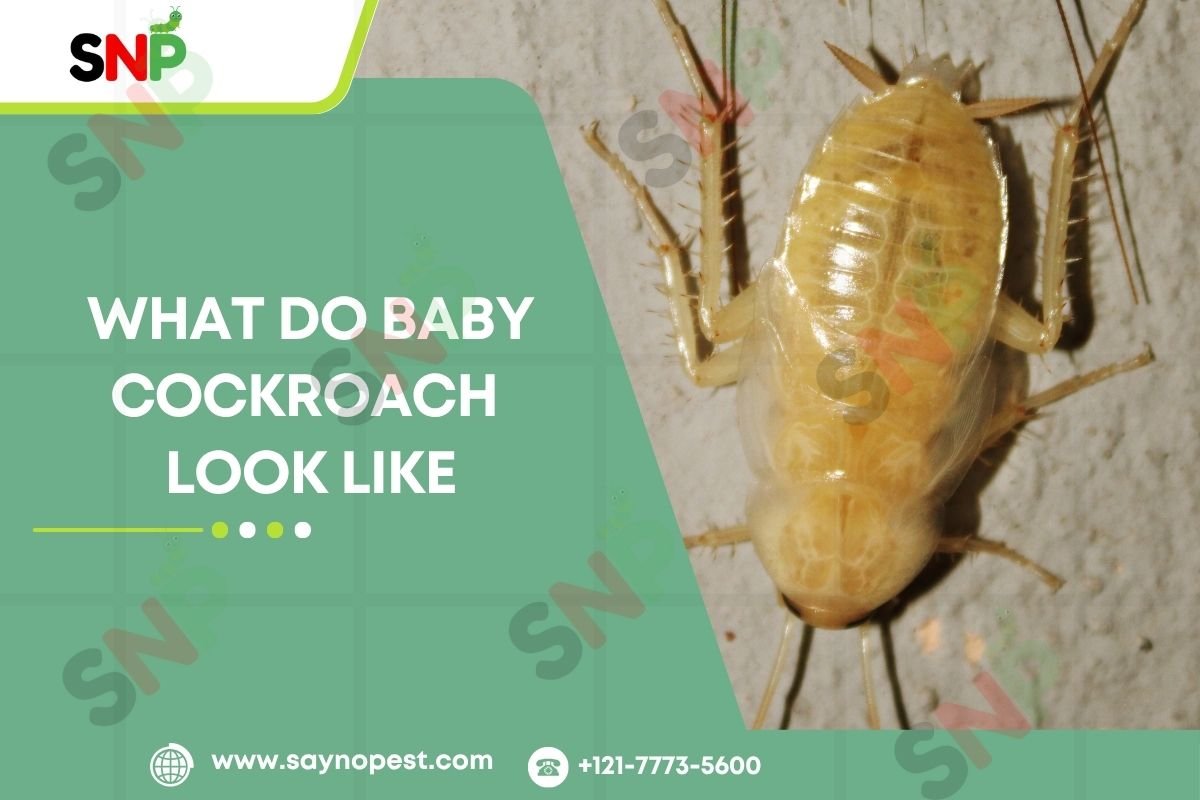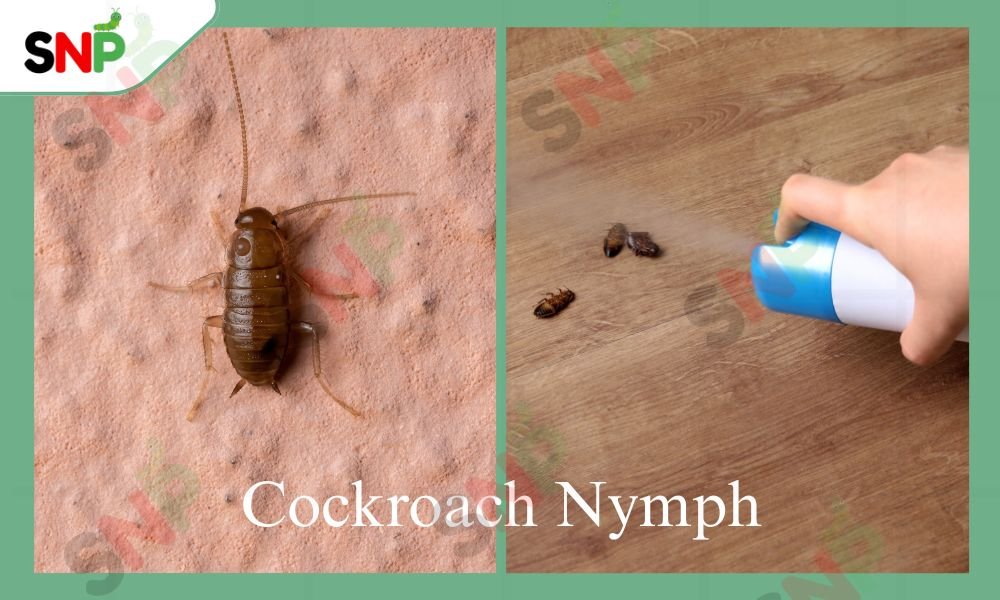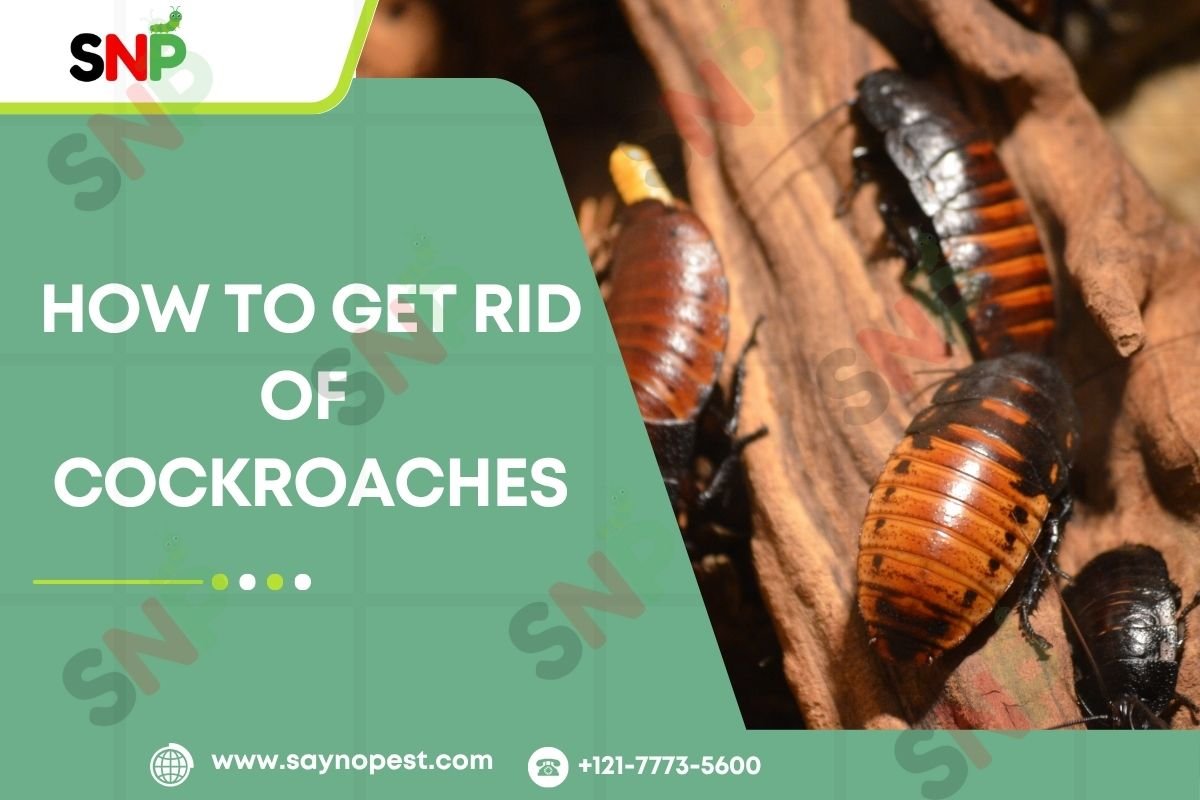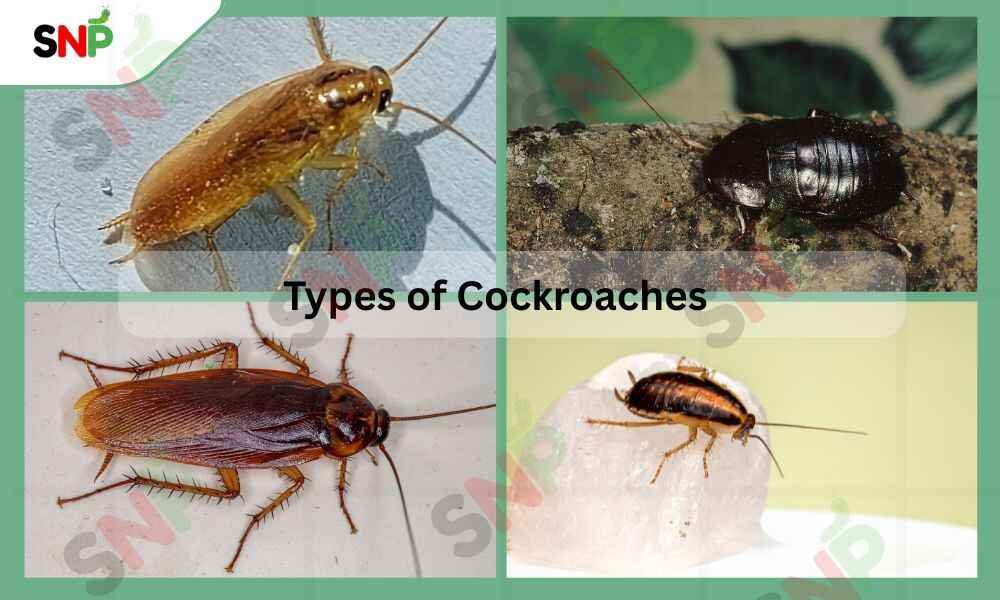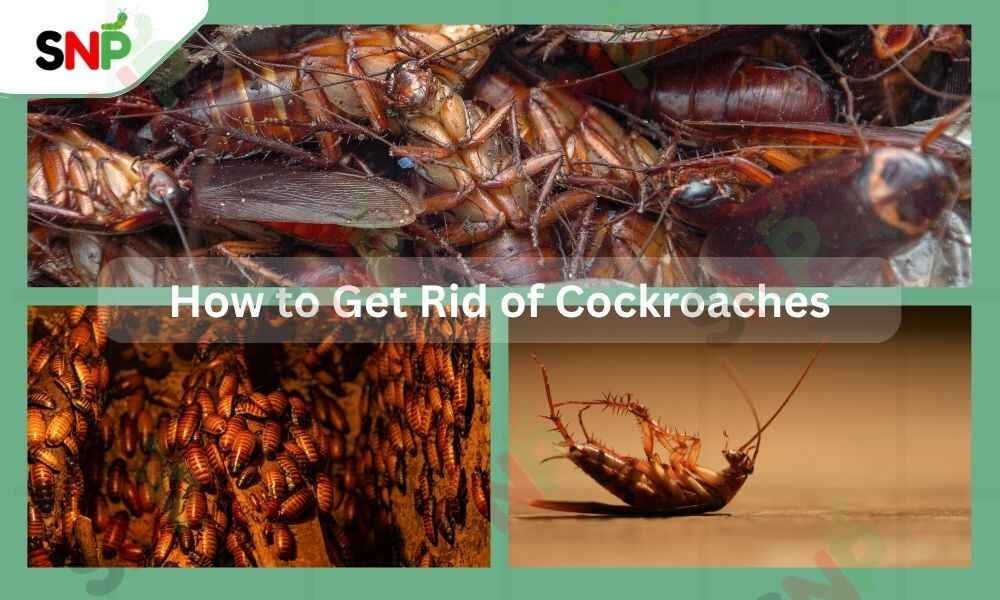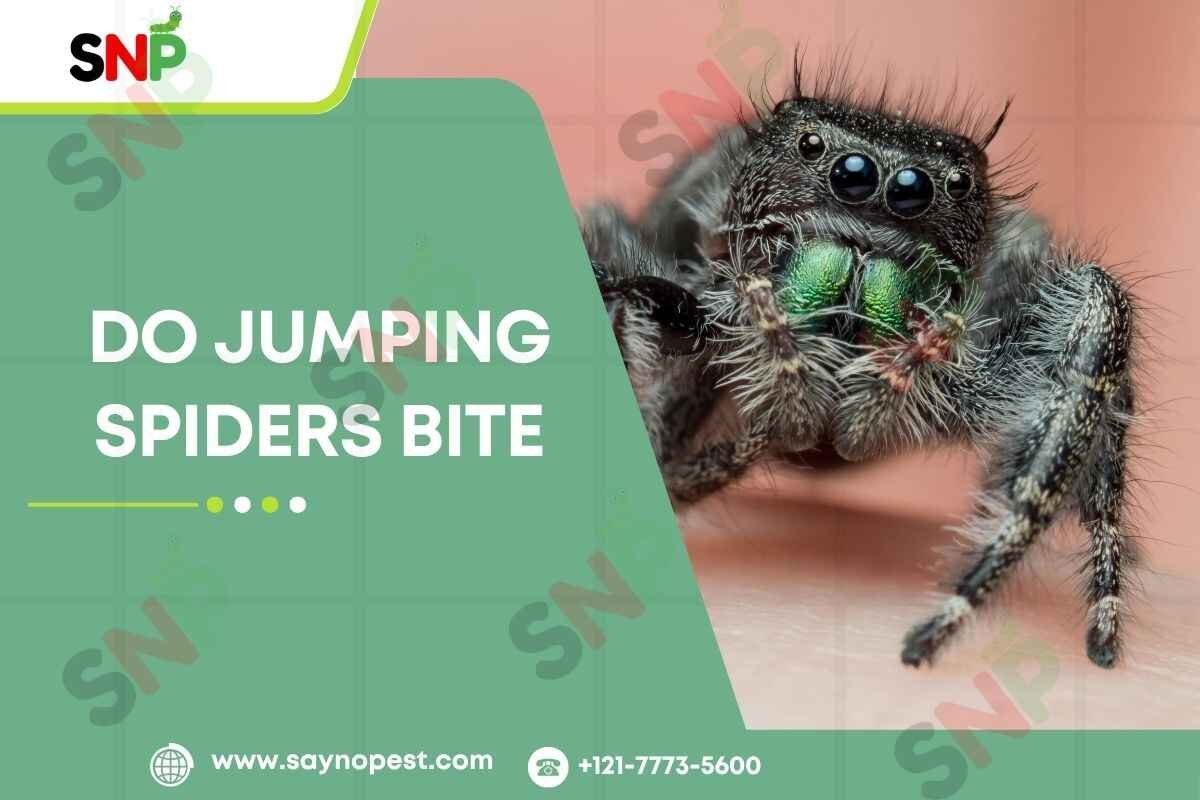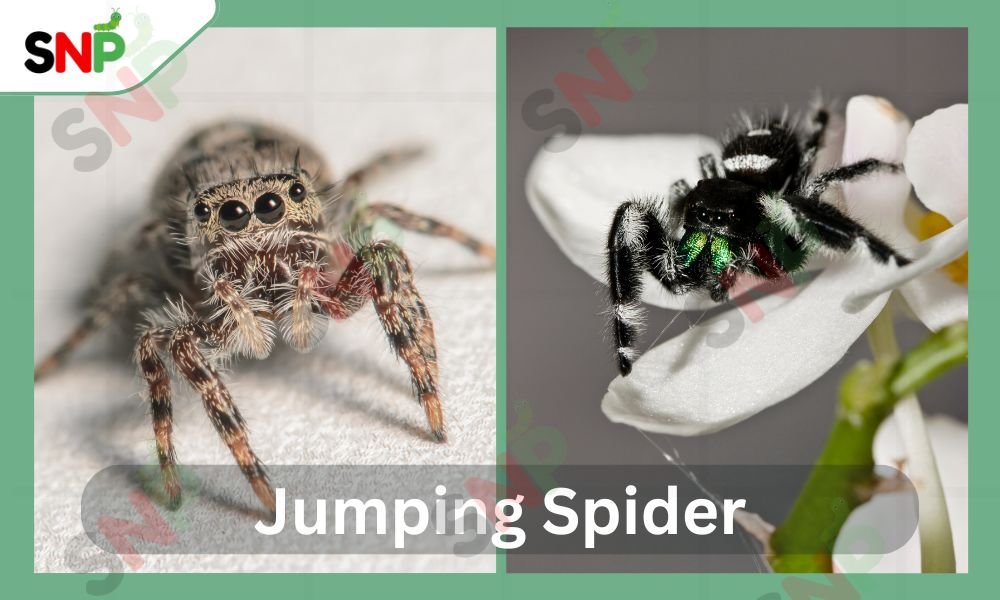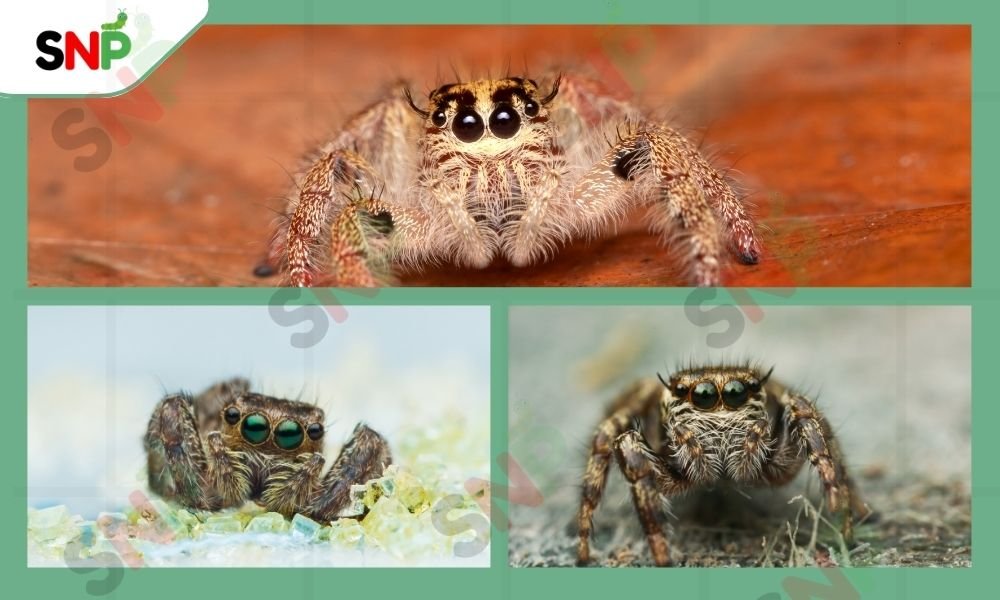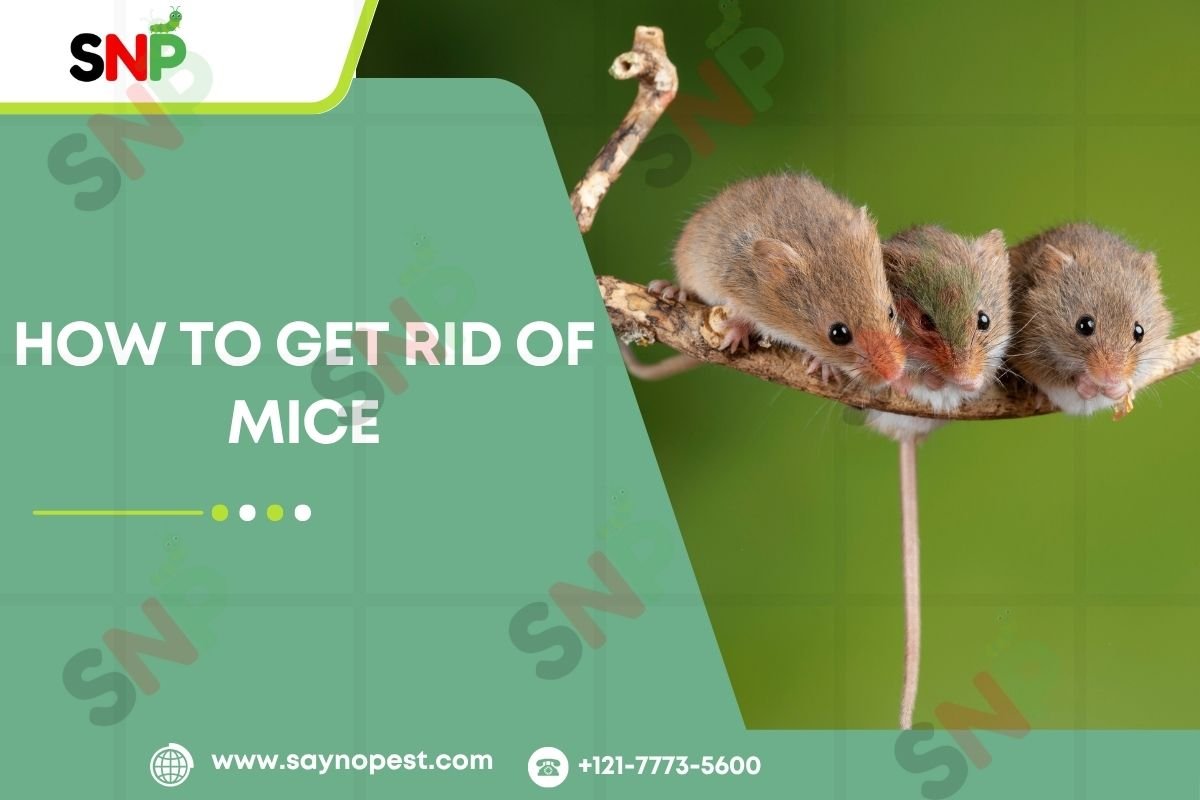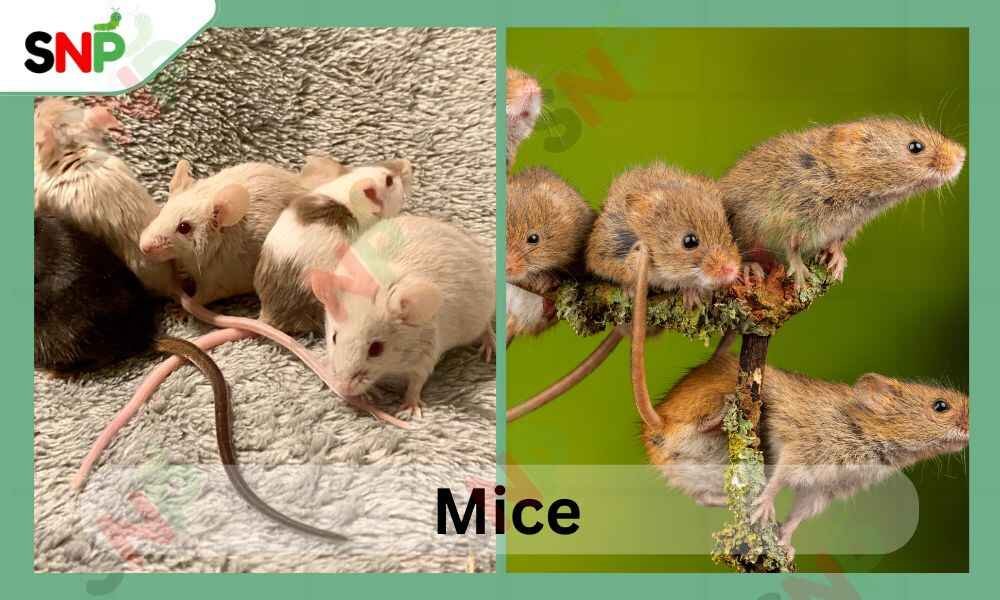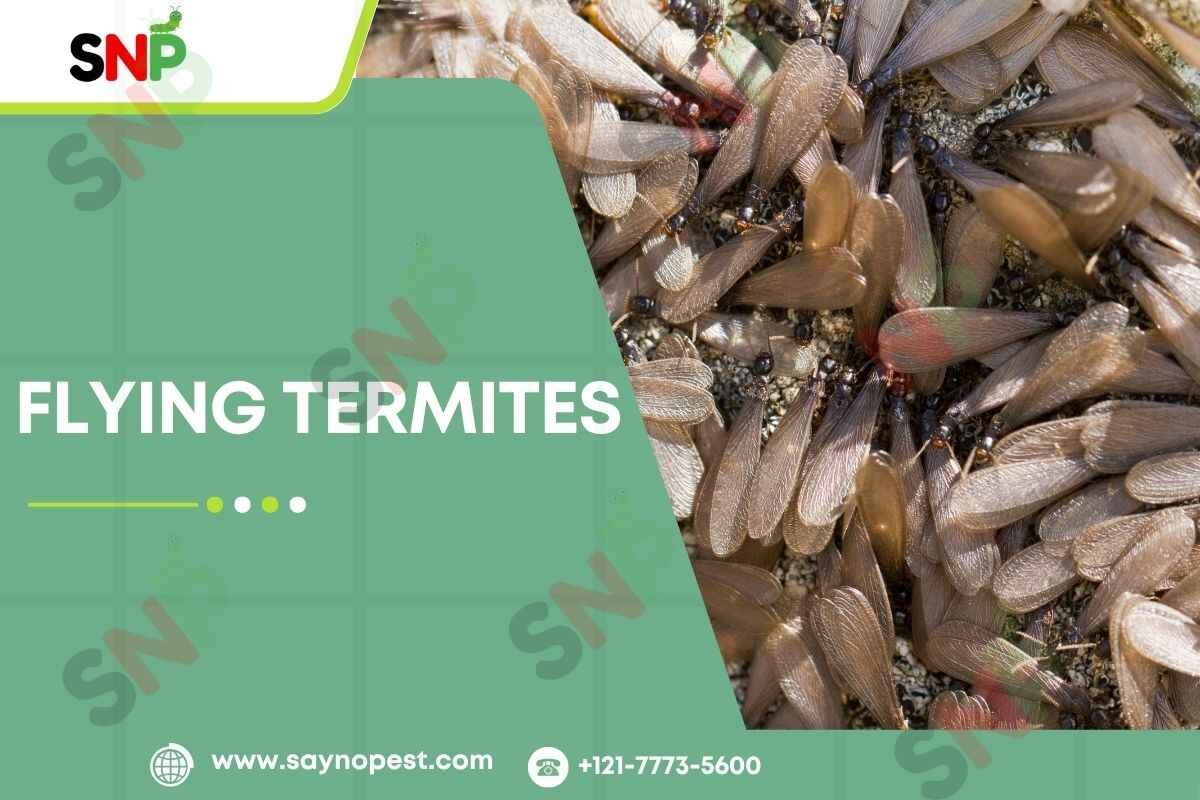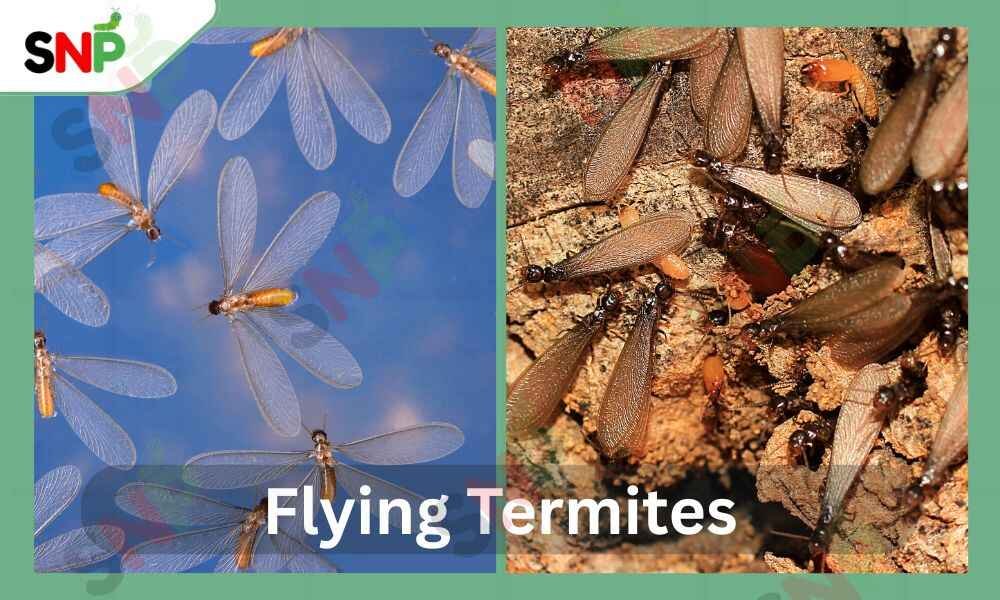The appearance of itchy red skin spots during morning hours might confuse you between bed bug bites vs mosquito bites. When you know all about these blood feeding insects, it helps you stop their future attacks.
Mosquitoes bite and feed on your blood when you are outdoors, mostly in the evening and at night. They bite quickly and fly away. These bites can show up on any part of your body that’s not covered by clothes.
You will experience bed bug bites while sleeping because these pests emerge during nighttime to feed on human blood. Small blood-sucking bugs seek shelter inside your mattress and furniture from where they draw blood from your body. Bed bug bites on your arms back or neck and any other body areas that touch your sleeping bed.
Difference between Bed Bug Bites vs Mosquito Bites
It becomes essential to distinguish bed bug bites vs mosquito bites based on the way they look. The symptoms from mosquito bites comes immediately with itching and swelling along with one puffy red bump. Individuals commonly see these bites minutes after being outside and particularly during night time or while spending time near water.
Determining when you have been bitten by bed bugs or mosquitos proves to be more challenging than other insect bites. Bed bug bites take either hours or entire days before you become aware of their presence after a bite occurs. These marks can be seen on the face, neck, arms and hands. The marks caused by bed bugs exhibit redness and swelling and they usually develop pustules. Bed bugs differ from mosquitoes because they do not transmit diseases although multiple scratches to their bites could lead to infection.
Treatment for Bed Bug Bites vs Mosquito Bites

The basic treatment for both bed bug and mosquito bites requires the following steps:
- Wash the bitten area with soap and water while being gentle.
- Use prescribed creams to treat itching and swelling.
- Cold pack application serves as a treatment method which provides relief from swelling and discomfort for both bed bug and mosquito bites.
- You should avoid scratching because it creates the risk of infection and you should wait for at least several days or longer.
- Contact a professional if you detect any infection symptoms such as redness that worsens or the appearance of pus or increased warmth.
Prevention: Keep The Bites Away!
Prevention is the most effective way to avoid bed bug bites vs mosquito bites. Here’s how you can protect yourself and your family-
For Mosquitoes- You should eliminate all standing water from your house because it provides areas where bed bugs reproduce. Make sure that windows and door screens are installed properly and all holes need immediate repair. Long-sleeved clothing and pants should be worn when spending time outdoors during dusk hours and use insect repellents during outdoor activities.
For Bed Bugs: Check mattresses and box springs along with furniture for bed bug indications after every trip. Bedroom areas with limited clutter will reduce hiding places for pests. Protective mattress covers created to prevent bed bugs from entering your bed can be used as a preventive measure.
What are the Signs that Tell Bed Bugs Are Present In Your Home?
The first step for determining bed bugs as the cause of your unexplained bites should be your main concern after waking up. A bed bug infestation shows itself through the following indications:
- The itchy bites that form clusters or lines especially when they appear on skin that was exposed during sleep.
- Rust colour or red stains on sheets from dead bugs.
- Small and pale-yellow eggs or eggshells near the ends of your mattress.
- Black waste and the shedded skin of the bugs.
- A sweet, musty and funky odor near your sleeping area. Live bed bugs can be founhiding inside folds or cracks of mattresses.
Contact a pest control professional immediately because you have observed these signs which require an inspection and proper treatment.
When to Contact a Doctor?
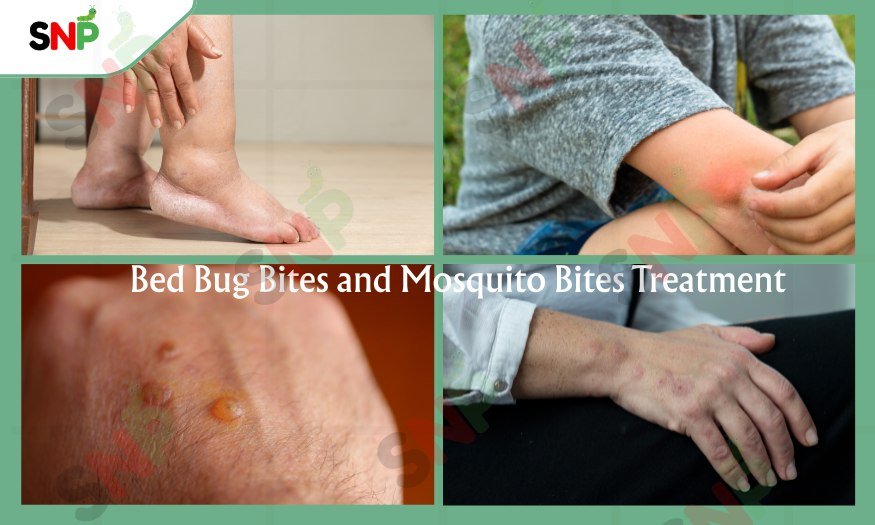
The treatment of bed bug bites vs mosquito bites usually happens at home yet medical care becomes essential when specific symptoms appear!
Prolonged swelling, blister formation or signs of infection appear on the bitten areas. Seek medical assistance if you develop a fever or experience unwellness after a bed bug bite and most importantly, see a doctor when you are unsure about what caused your bites to determine the diagnosis while eliminating other skin conditions.
Conclusion
Knowledge of the unique characteristics of bed bug bites vs mosquito bites enables proper treatment and prevention methods. The symptoms produced by these pests differ from each other and taking immediate bite-cleaning measures combined with not scratching will help maintain comfort. Guard your home against bed bugs as you sleep peacefully knowing how to differentiate between these pests and their respective bite symptoms.
